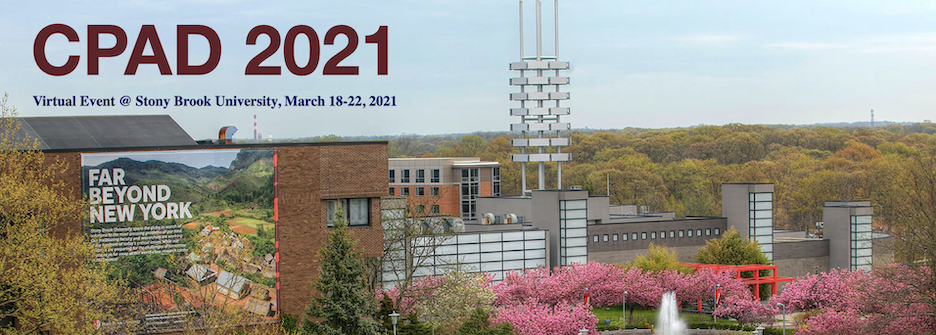Speaker
Description
In the last years, there has been a growing interest in the use of low energy threshold technologies in nuclear reactors as a test bench for neutrino properties, new neutrino interactions at low energy, and the observation of new particles like dark photons, axion-like particles, etc. (through photon-production mechanisms). Nuclear-reactor cores produce the largest neutrino and gamma fluxes accessible on the earth, with energies up to a few MeV’s. Solid-state sensors have demonstrated to provide the low threshold energies (below 1keV of transferred energy) needed to access to these new physic models. In this talk, I will discuss the results obtained by the CONNIE experiment (Coherent Neutrino-Nucleus Interaction Experiment) using silicon CCD sensors (Charge Coupled Devices) with a threshold energy of approximately 100 eVee for the detection of low energy neutrino interactions at the Angra II nuclear reactor in Brazil. I will present a new sensor technology, called the Skipper CCD, which allows to set threshold energies around 1 eVee thanks to its single charge counting capability. Single electron-hole pair ionizations in the silicon can be detected by the nondestructive readout output stage (which overcomes the electronic noise limiting factor of regular CCDs. I will also comment on the scientific reach of new experiments based on Skipper CCDs at nuclear reactors.
